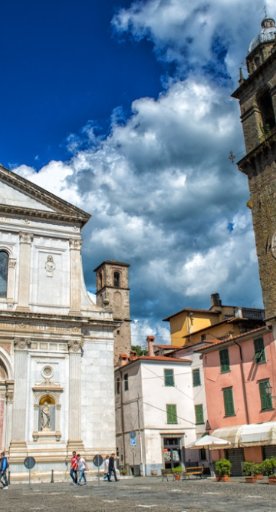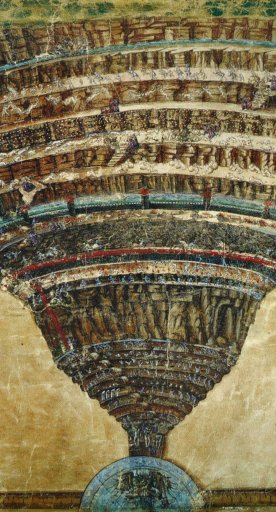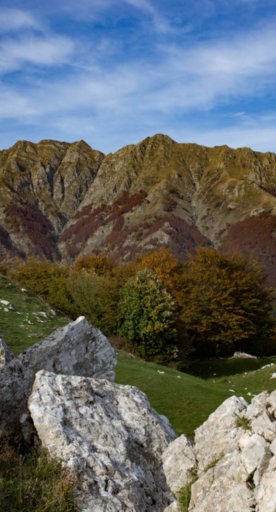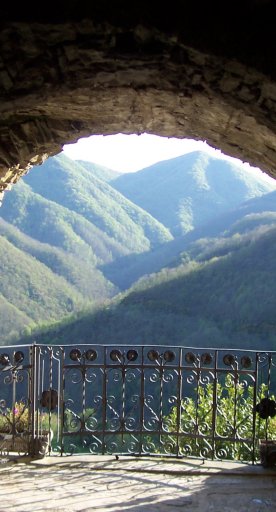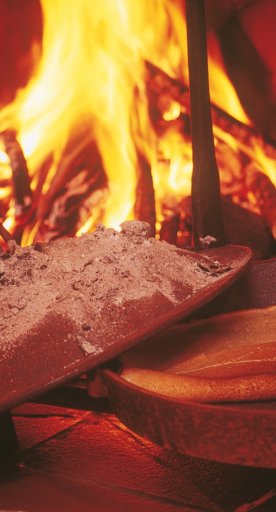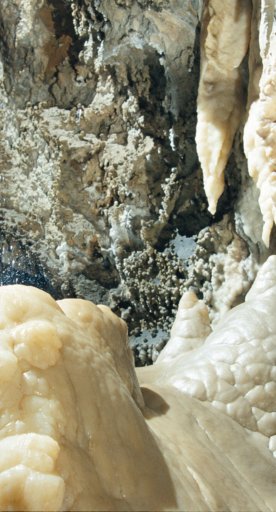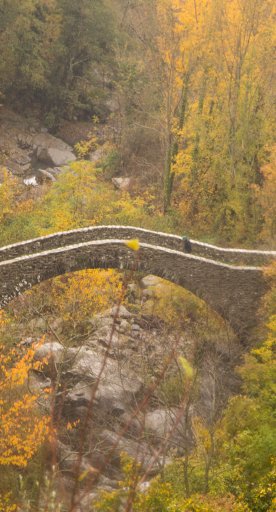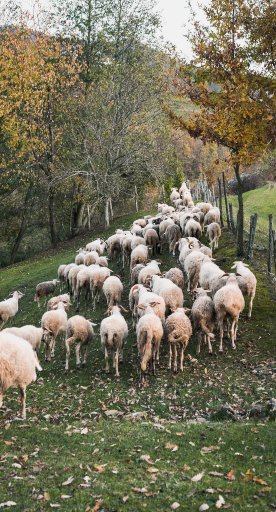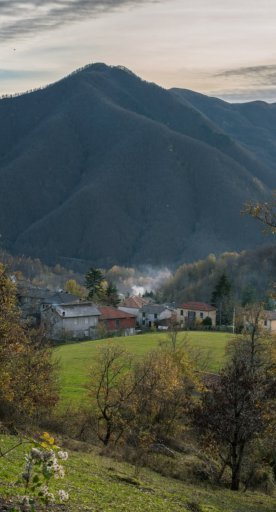
7 delicacies to taste in Pontremoli
Discover the traditions and the food and wine in the historic village known as the “Northern Gate of Tuscany”
Pontremoli is one of the most important villages and centers in Lunigiana. It enchants visitors with its squares, majestic stone bridges, baroque palaces and homes and the imposing Piagnaro Castle, custodian of the Museum of the Lunigiana Stele Statues.
As well as being close to the Cisa Pass and a stop along the Via Francigena, Pontremoli’s historical and geographical position, between Emilia, Liguria and Tuscany, meant that the city became a strategic hub and crossroads of peoples, merchants and pilgrims over the centuries. It was defined by Emperor Frederick II as "The only key and door to Tuscany" and it was already a free municipality in the 13th century; it later became a "Noble city" of the Grand Duchy of Tuscany and a Bishopric for two centuries.
In addition to its historical and cultural heritage, Pontremoli has always been renowned for its high quality local products and truly unique specialties, still expertly made according to ancient recipes, and can be tasted in the numerous restaurants, taverns and cafés in the historic center and during the spring weekend when the food and wine event “Tour Day” takes place.
-
1.Testaroli pasta
-
2.The torta d’erbi
-
3.Karsenta
-
4.Borgotaro Mushroom PGI
-
5.Amor
-
6.Spongata
-
7.Bianco Oro, Stordente and Rabarbaro
Testaroli pasta
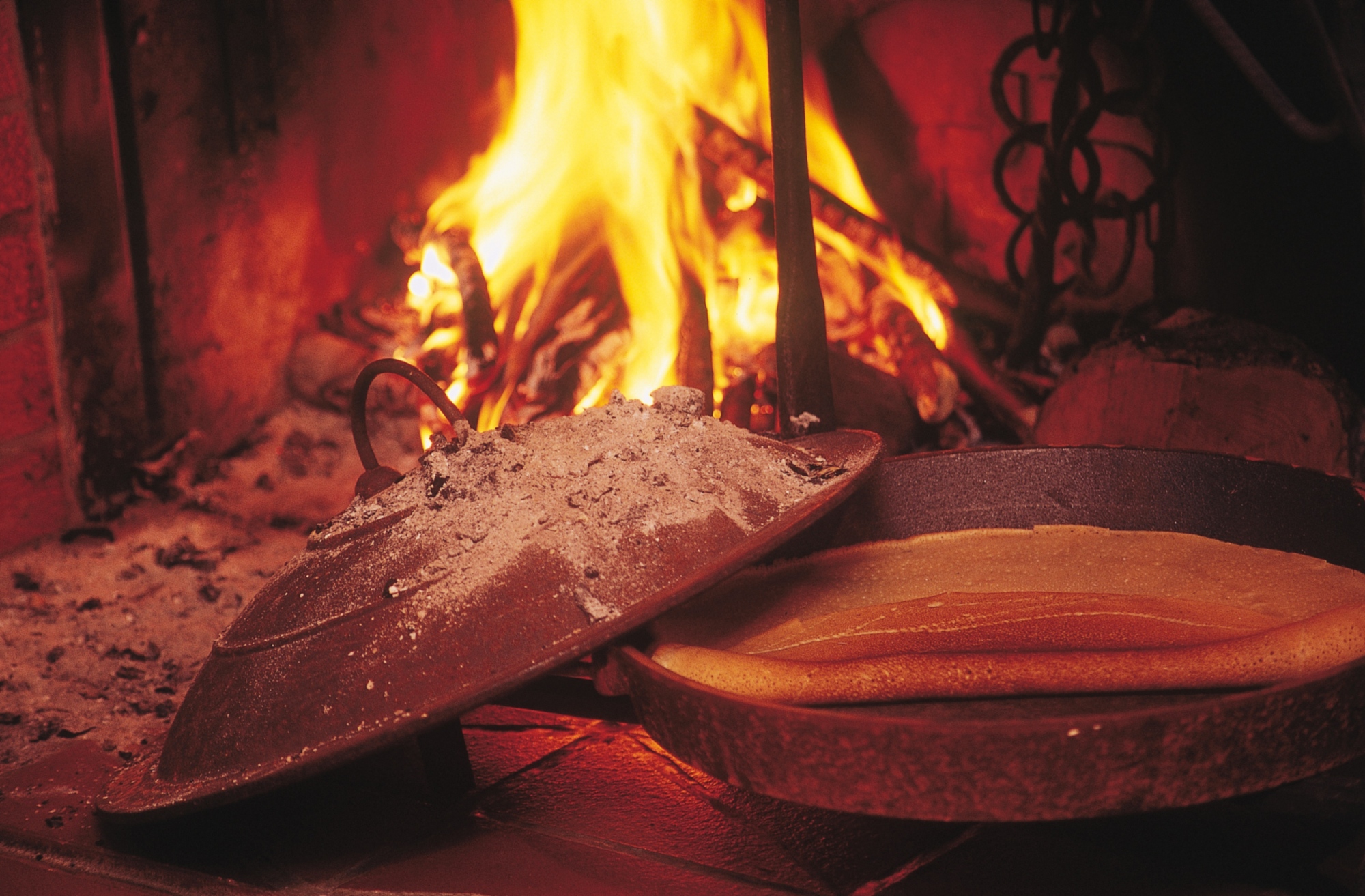
Perhaps the most iconic dish of Pontremoli and Lunigiana cuisine is the Testarolo, a type of pasta and now a Slow Food Presidium. This first course, which comes from the poor, peasant tradition, is symbolic and delicious. The Testarolo is made from a semi-liquid mixture of wheat flour, water and coarse salt, cooked in testi (a round pan with a cast iron lid, formerly made of terracotta, typical in Lunigiana cuisine).
The mixture is then poured directly into the red-hot testo (sottano), previously heated on the flame, and then covered by the other testo (soprano) and the embers. This process gives the disc of pasta a “spongy” consistency with the typical little holes that distinguish it. The disc is then cut into diamond shapes, blanched in water, drained and then usually seasoned with oil and parmesan cheese or Ligurian pesto.
The torta d’erbi

Pontremoli cuisine is rich in traditional peasant flavors made with seasonal ingredients and enriched by the great variety of wild herbs, which become the protagonists of savory pies. Among them, the torta d'erbi (herb pie) stands out: a savory pie made, according to tradition, with wild herbs and seasonal vegetables (chard, borage, leeks...), mixed with ricotta, pecorino cheese, eggs and breadcrumbs.
The mixture, made using ingredients that can vary during the year, is placed between two layers of thin puff pastry and cooked in the oven or even better in the testi. Once ready, the pie is cut into small squares and served, but don't eat too many because there’s still a lot more dinner to come!
Karsenta
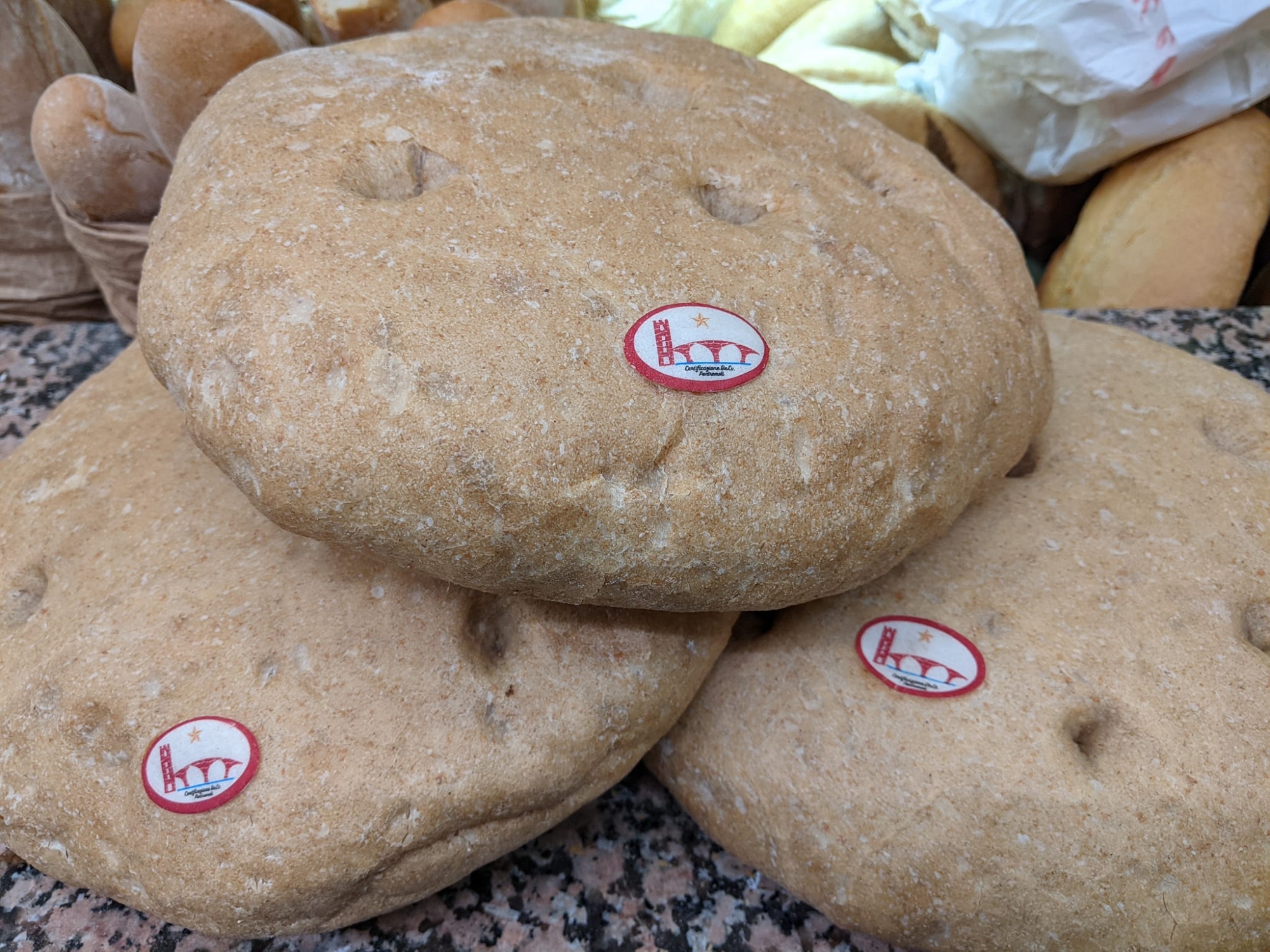
On the Lunigiana dinner table, you will always find karsenta, traditional Pontremoli bread ideal to eat with traditional dishes. Characterized by a round, flat shape and a crisp golden crust, karsenta is made from soft wheat flour and it involves a long leavening time, giving it a soft, light consistency.
This rustic bread, with its delicate, fragrant flavor, was the first dish of Pontremoli’s food and wine tradition to receive De.C.O. (Denominazione Comunale di Origine, meaning Municipal Designation of Origin) recognition.
Borgotaro Mushroom PGI
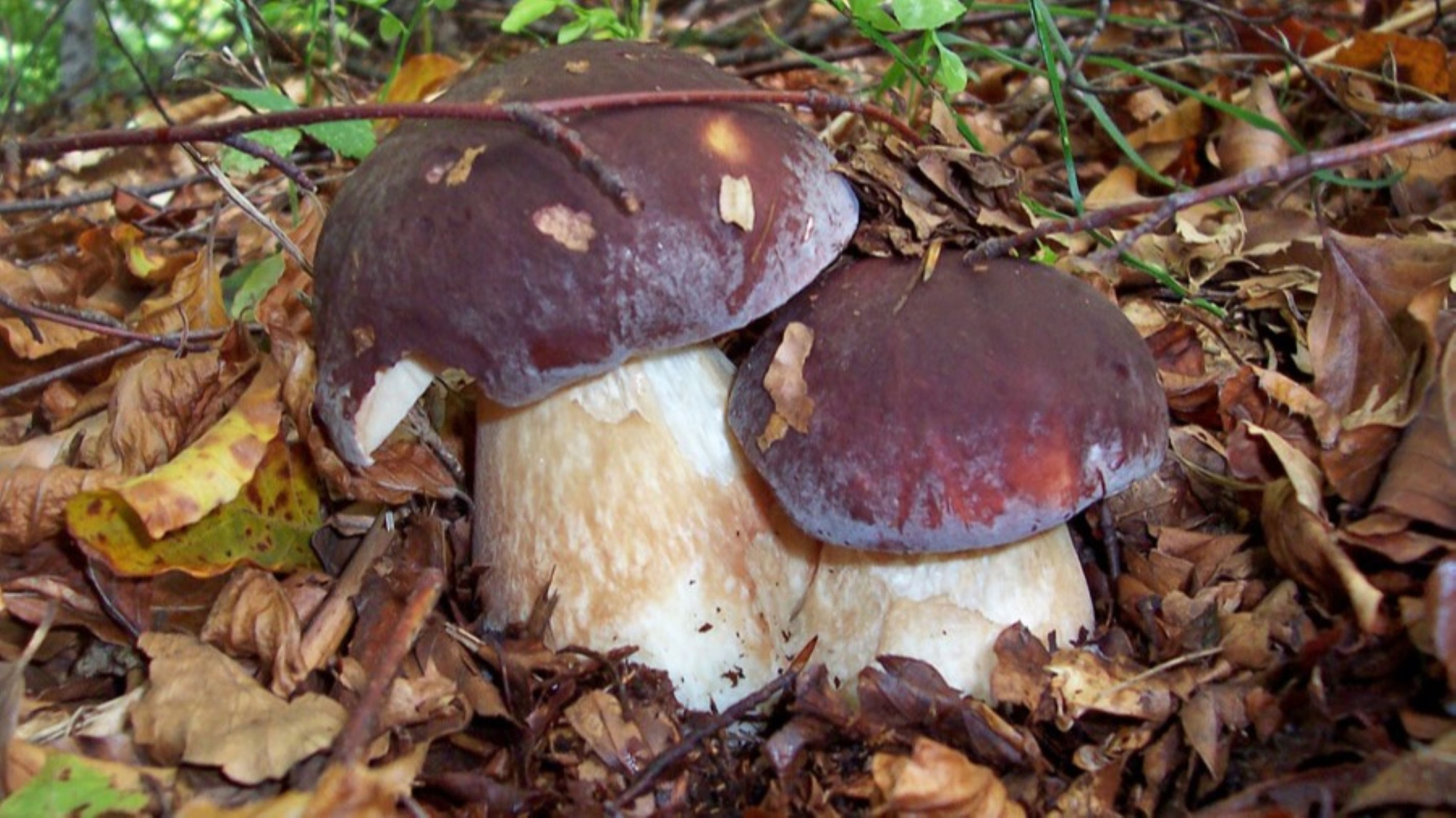
Between the mountains of Lunigiana, particularly the area from Pontremoli to Zeri, we find part of the production and protection area of an excellent variety of porcini mushrooms known as the “Borgotaro Mushroom PGI,” These mushrooms entered the market in the 17th century and, unlike other varieties of porcini mushrooms, are characterized by a meaty consistency, a clean smell and a fragrant aroma, they are not spicy and have no hints of hay or wood.
They can be used in a great many ways. They can be dried, frozen or preserved in oil, cooked to make tasty sauces used to season first courses or eaten raw in salads and used as a condiment for second courses.
Amor
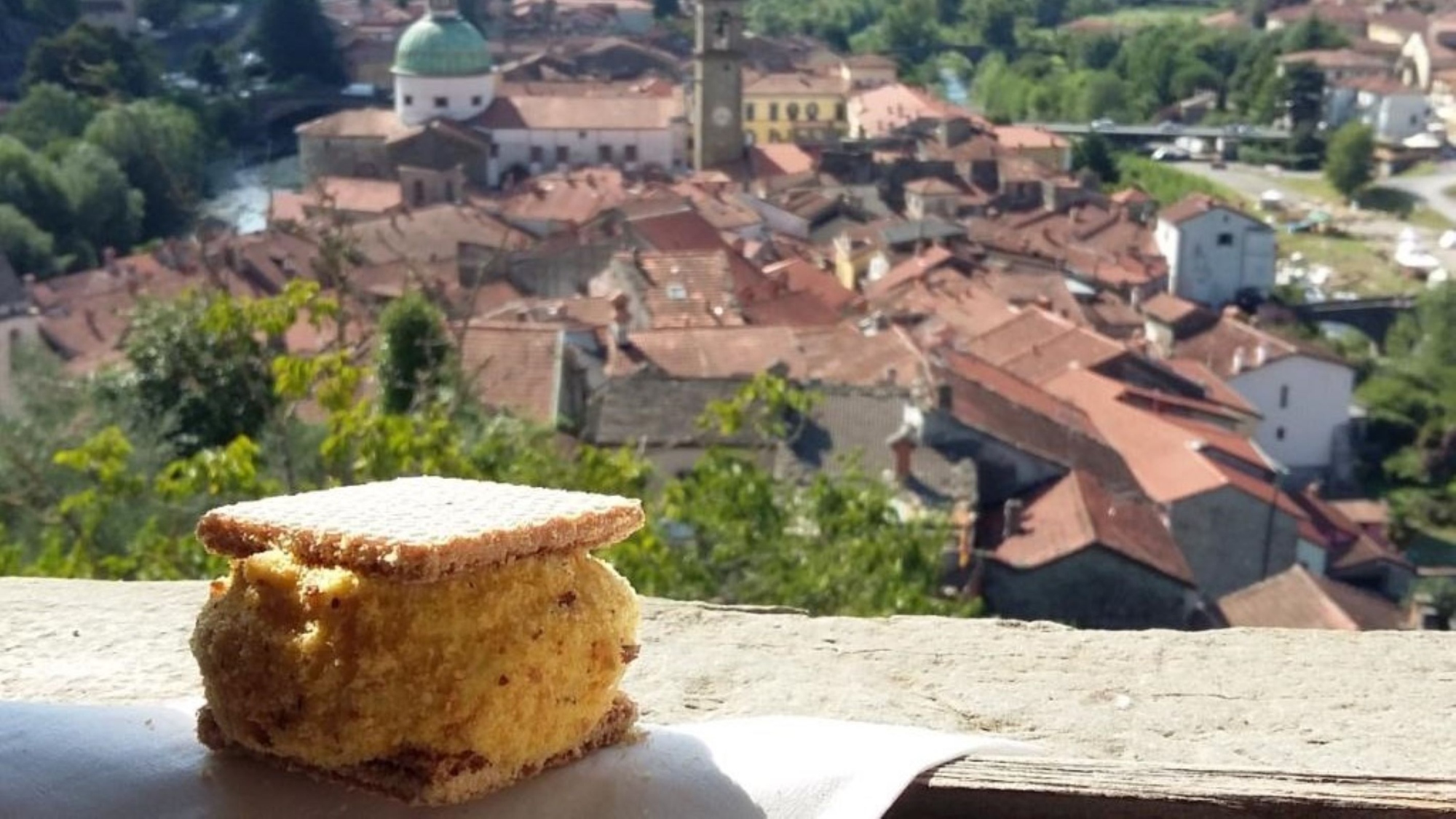
You can't visit Pontremoli without enjoying a tasty and relaxing break at the cafés in the historic center and taste the amor! This sweet pastry comes from the ancient tradition of the Engadine pastry chefs who arrived here, and also in other areas of Lunigiana, in the 19th century. It consists of a double square wafer that contains a generous layer of custard. The recipe is still a secret and it is jealously guarded by the local chefs.
A tip for eating them: gently bite the wafer a little at a time, gradually licking the cream as it overflows around the sides, so that it does not fall!
Spongata
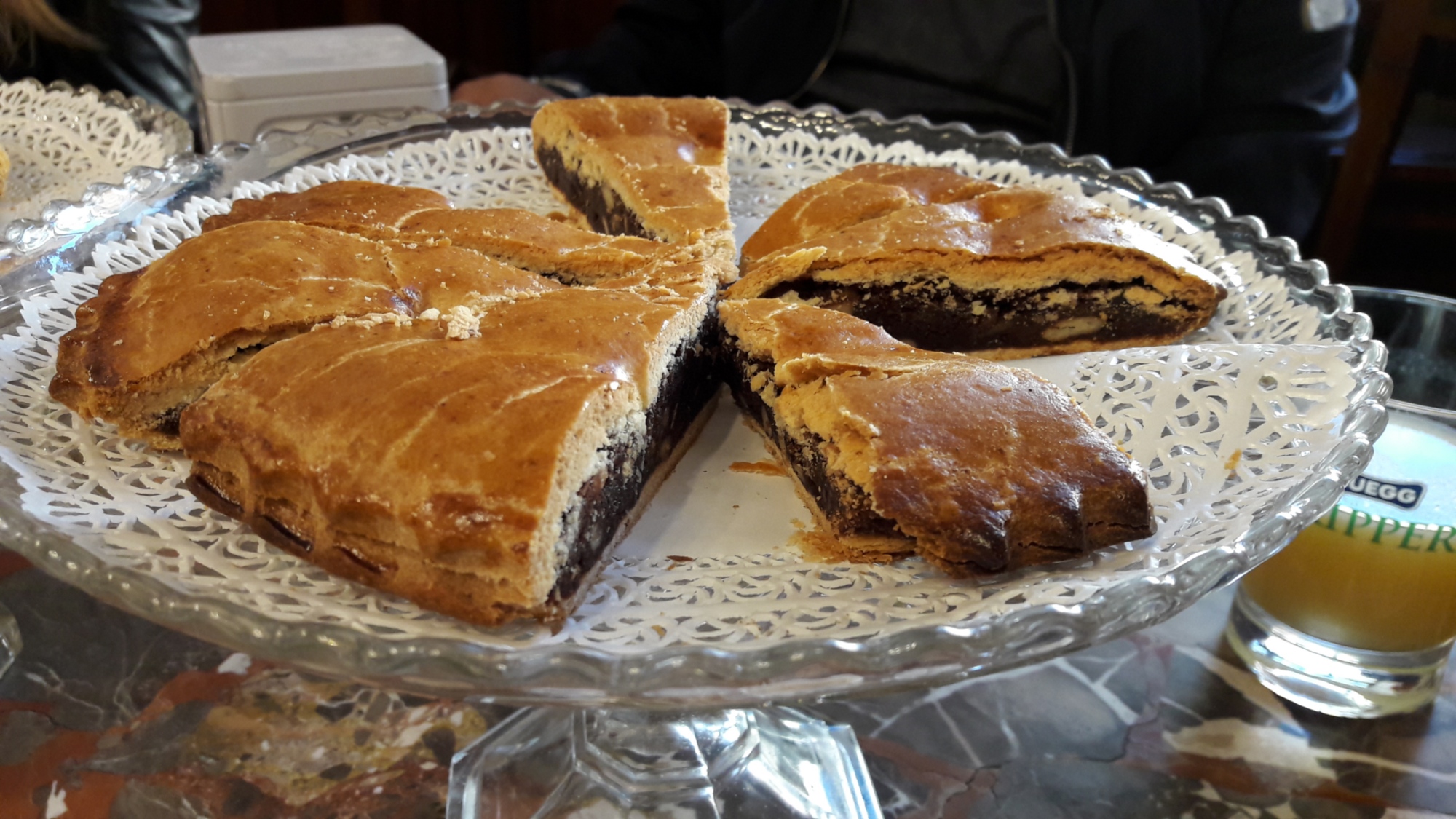
Another pastry to taste in Pontremoli, and the undisputed star of the cold winter months, is spongata. This pastry, typical of Lunigiana and the mountainous area between Liguria, Emilia and Tuscany, has been commonly found in Pontremoli since the 19th century and now has different variations, depending on where it is made.
In this specific case, the spongata of Pontremoli is made of pastry with a filling of dried fruit, honey, raisins, pine nuts and candied fruit accompanied by the scent of spices that guarantee an explosion of flavors!
Bianco Oro, Stordente and Rabarbaro
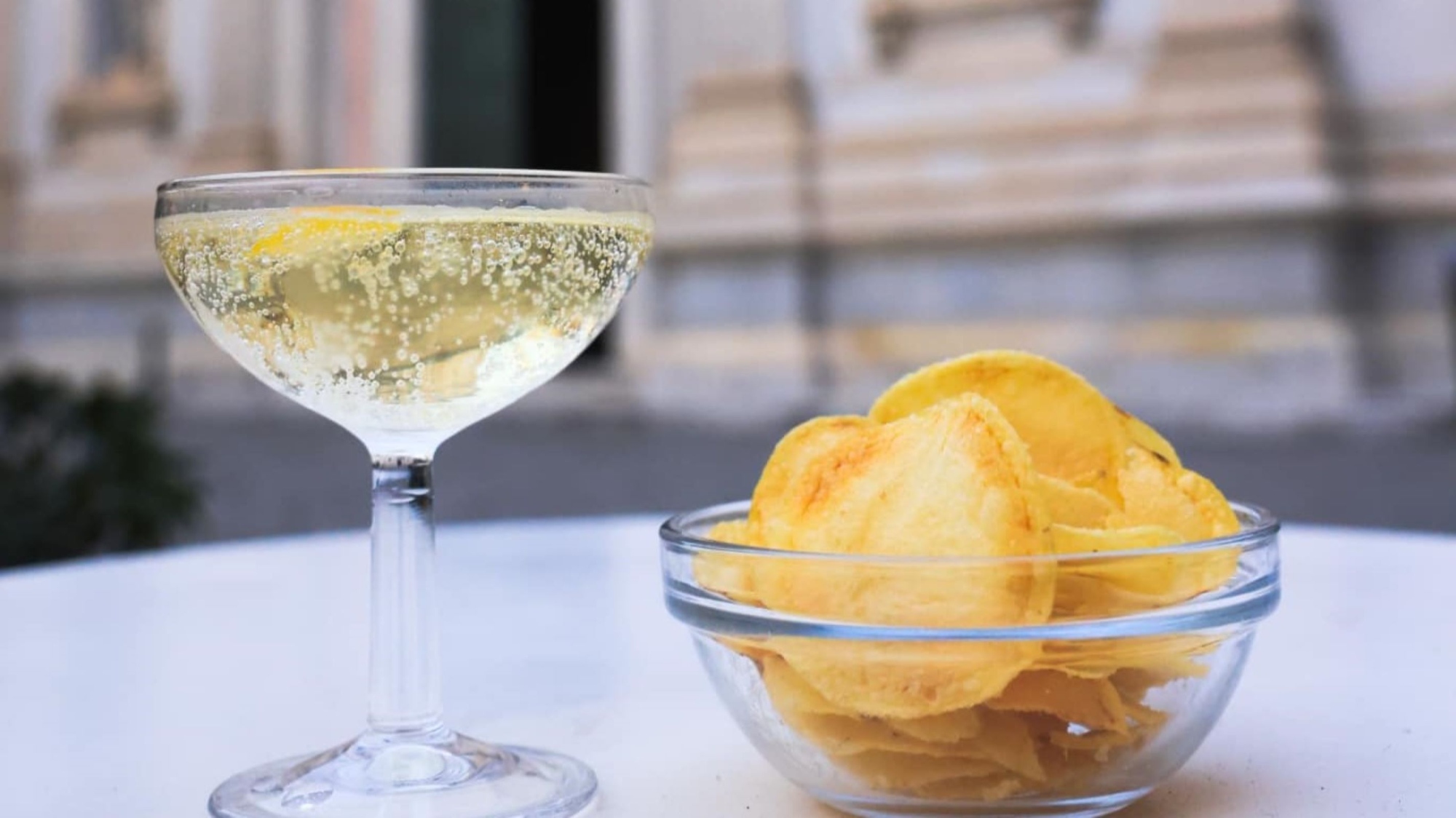
Lastly, not everyone knows that in the streets and squares of Pontremoli you can enjoy unique cocktails, found nowhere else in the world!
In Piazza Duomo, in the shadow of the bell tower that once separated the Guelph part of the city from the Ghibelline part, you will find Bianco Oro: a drink with an unknown but patented recipe, served in a large glass of sparkling wine, enriched with a piece of lemon zest floating on the surface.
In other cafés in the city center you can taste Rabarbaro, a digestive liqueur formulated almost a century ago by Dr. Zampetti, and Stordente, an alcoholic aperitif created in the early seventies and a great classic for the people of Pontremoli ever since!



